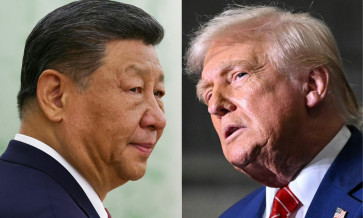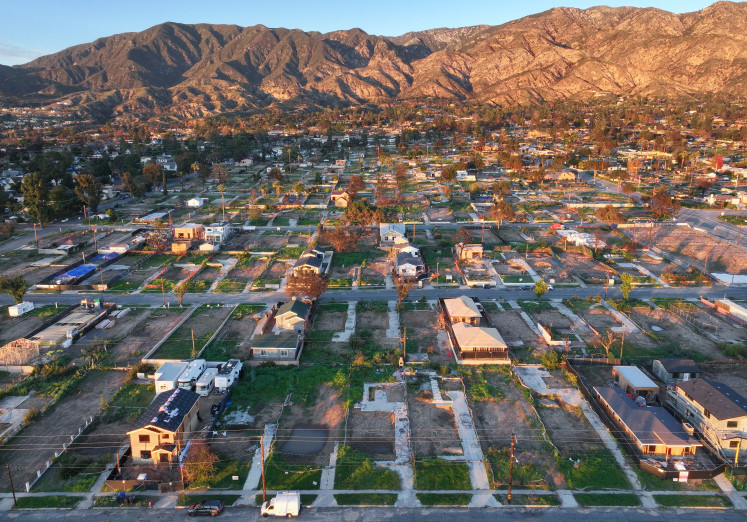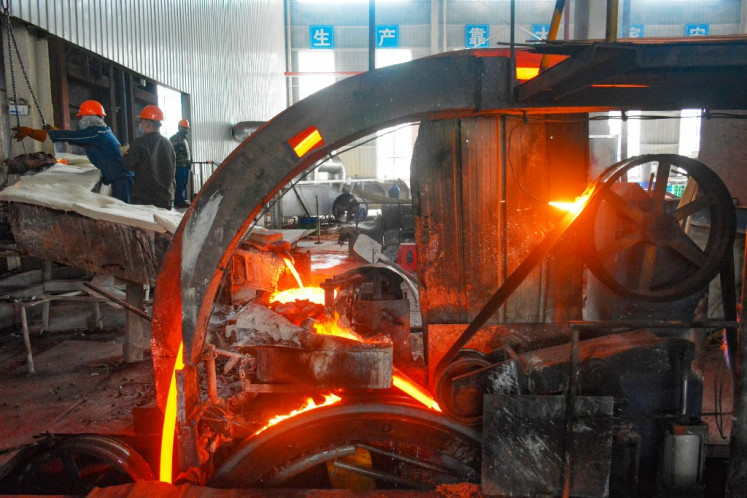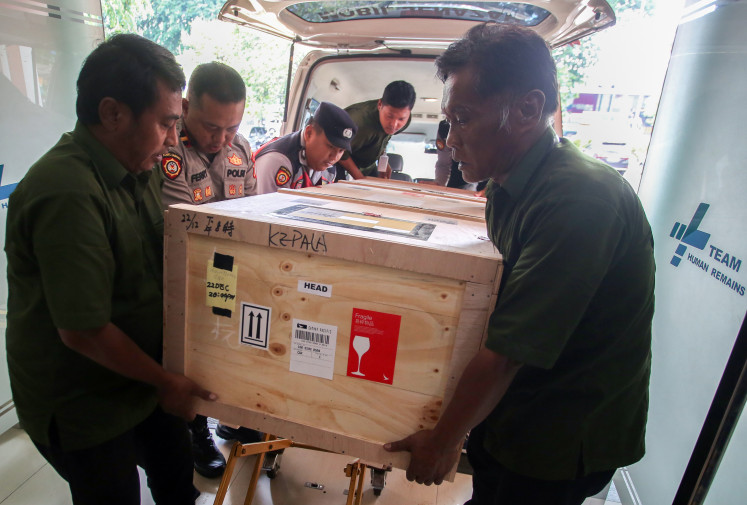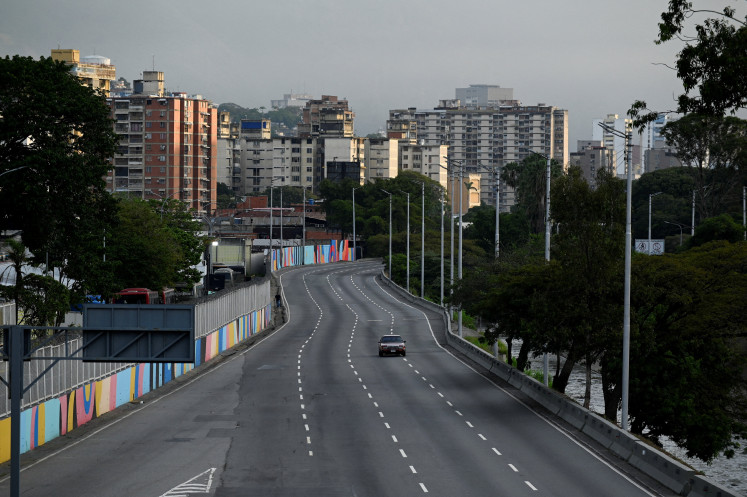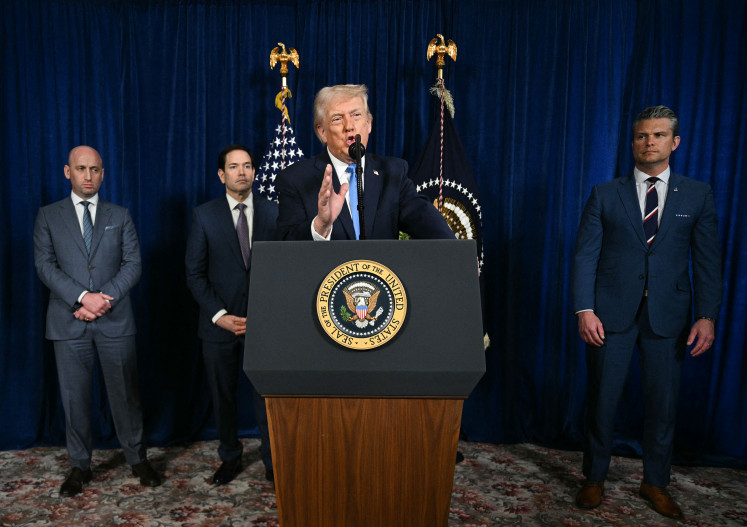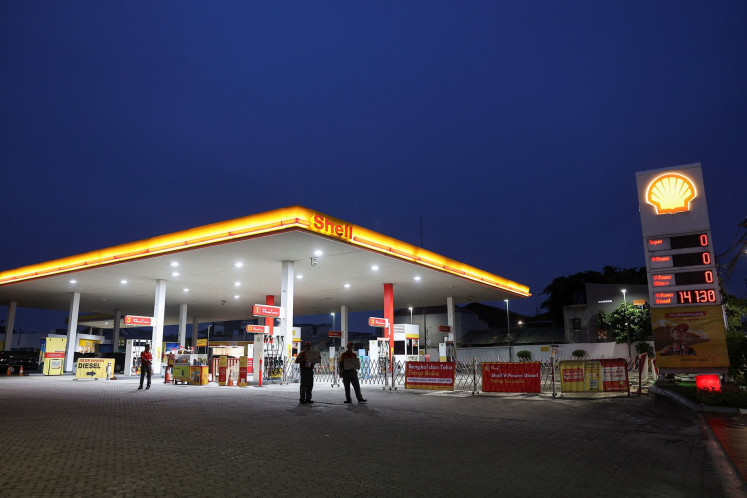Popular Reads
Top Results
Can't find what you're looking for?
View all search resultsPopular Reads
Top Results
Can't find what you're looking for?
View all search resultsHow regions can cope with return migration in COVID-19 era
Return migration bears different implications in the developed and developing world.
Change text size
Gift Premium Articles
to Anyone
T
hroughout the past century, the world has encountered numerous outbreaks, ranging from Severe Acute Respiratory Syndrome (SARS) to Ebola, until the novel coronavirus outbreak was declared a pandemic in March. SARS-Cov2, the virus that causes COVID-19, has infected more than 9 million people in six months.
The pandemic has prompted governments around the world to take draconian measures to contain the spread of the virus. The economy has been put to a halt, leaving millions of workers furloughed or laid off.
The impact is particularly worse for migrant workers. While facing uncertainty as to sustain their lives and the livelihood of their families back home, they scramble to find ways to return home. As the pandemic unravels, we learn how the migrants cope with these uncertainties and how governments react to the sudden influx of people.
Return migration bears different implications in the developed and developing world. In countries like the United States, United Kingdom or Canada, people flee cities to the countryside to relieve themselves from the stress of being confined to their homes. Escaping to vacation homes is a privilege, rather than a necessity, that only the affluent segment of society can afford.
In developing countries, migration to rural areas is dominated by informal, low-income workers who have lost their livelihoods and have no other choice but to head home. In India, the stringent lockdown imposed by the government has left many jobless and forced workers out of cities like Delhi and Mumbai back to their states of origin. The amount of returning migrants proved to be overwhelming for the public transportation system, forcing many to take the journey back home on foot.
Despite its ability to keep the virus at bay, Thailand experienced a massive urban exodus from its large cities. Migrants from Myanmar, Laos and Cambodia, many of whom are involved in informal work and live in informal urban settlements, hastily found ways to return to their home countries. In the Philippines, unemployment has soared to 17.7 percent in Metro Manila alone, and people briskly flocked out of the capital city, with some community groups helping to arrange buses to send them home.
Return migration becomes inevitable for migrants whose livelihoods are threatened, not only by the health implications brought by the virus but also by the lack of job opportunities as the health crisis hit the economy hard.




